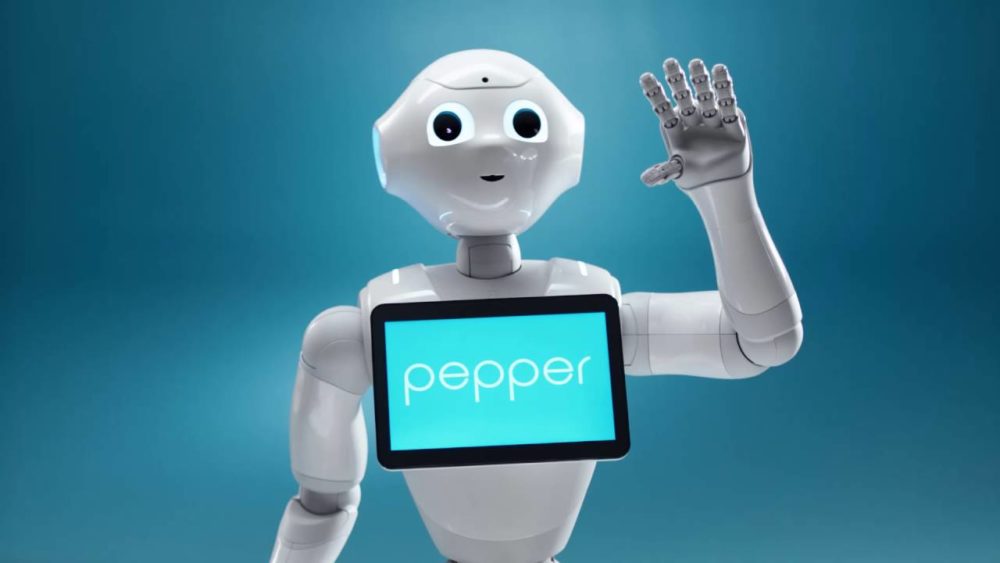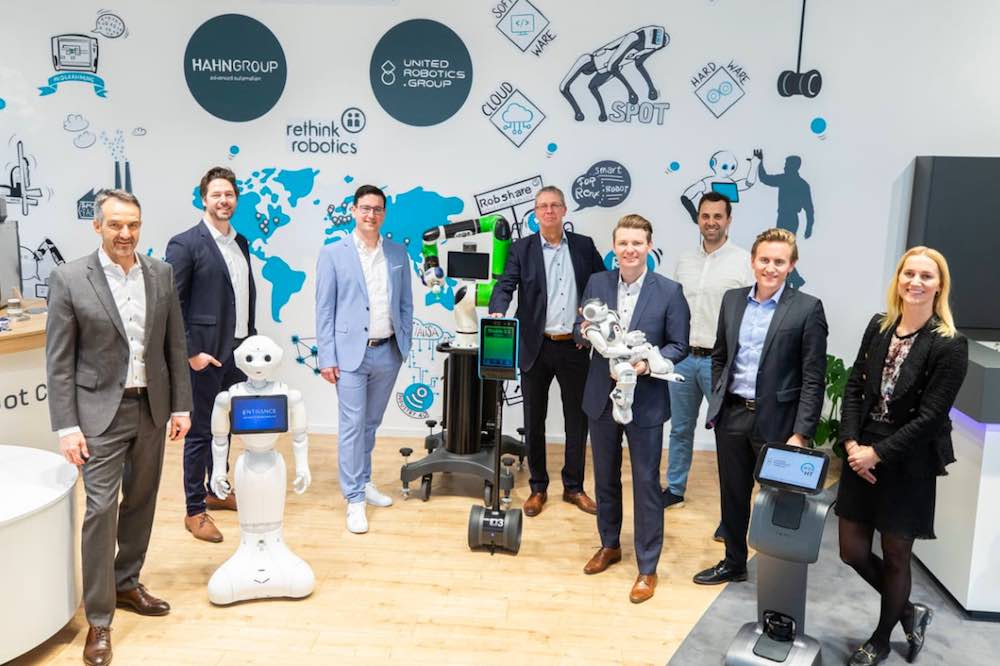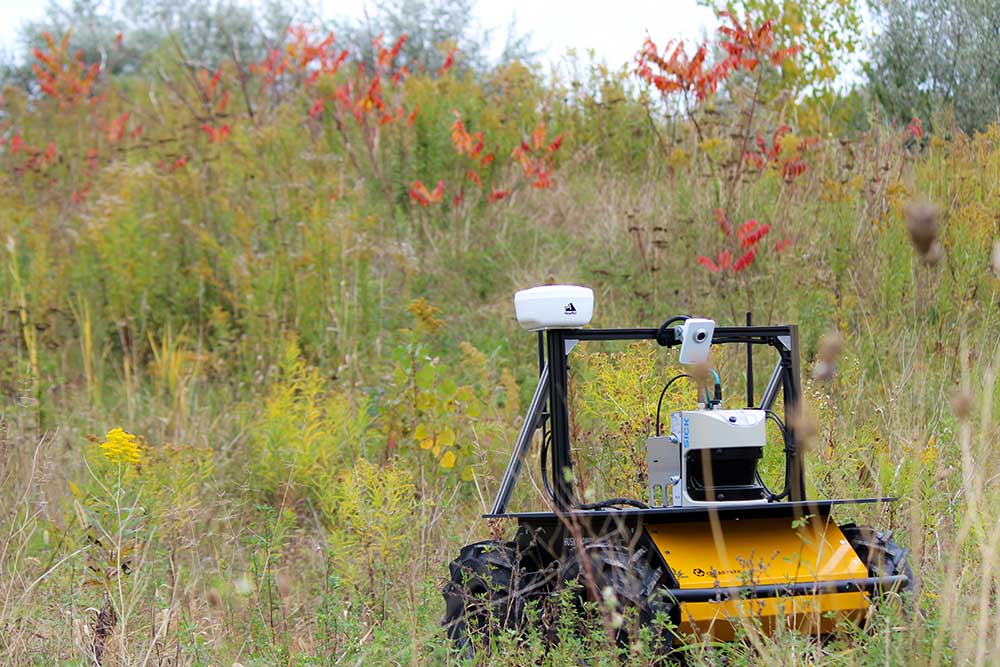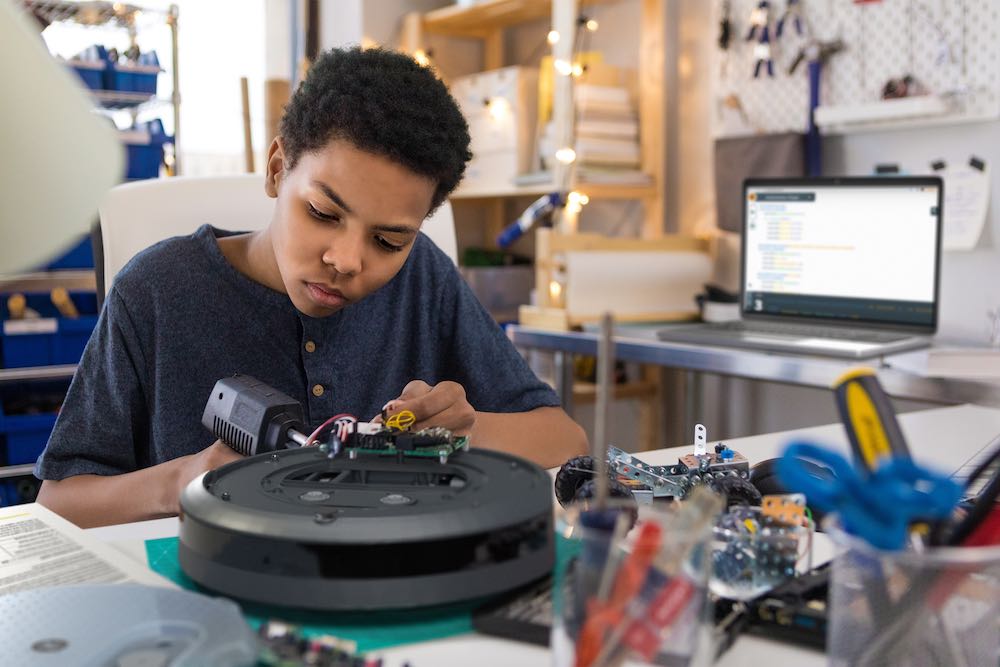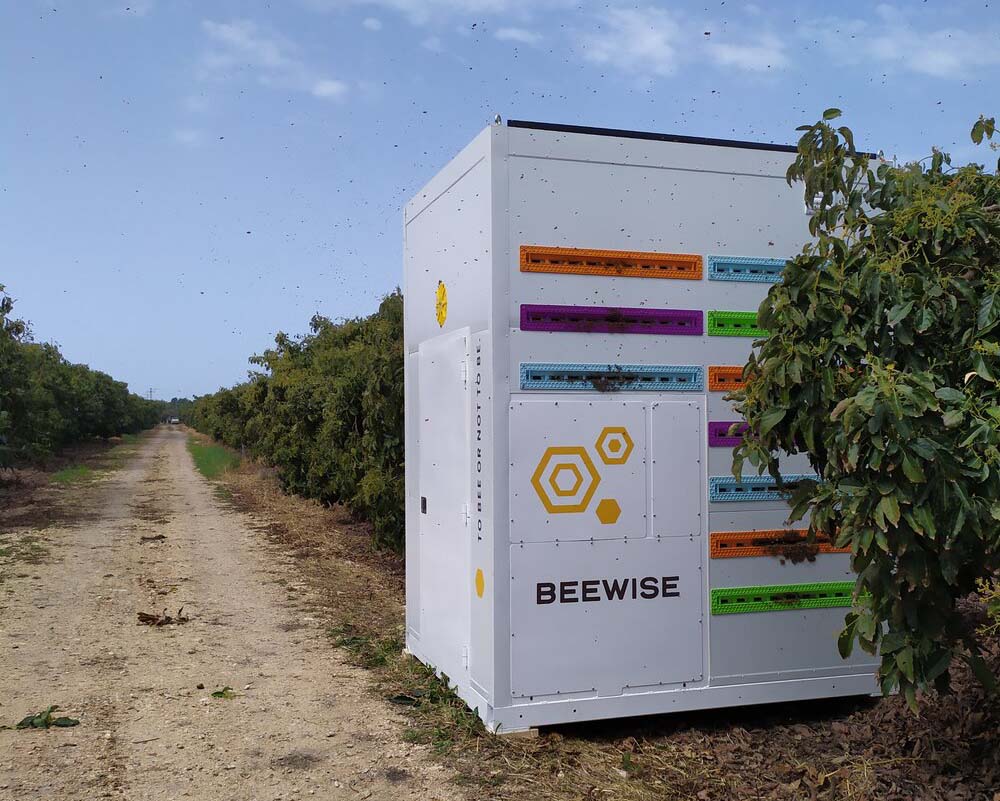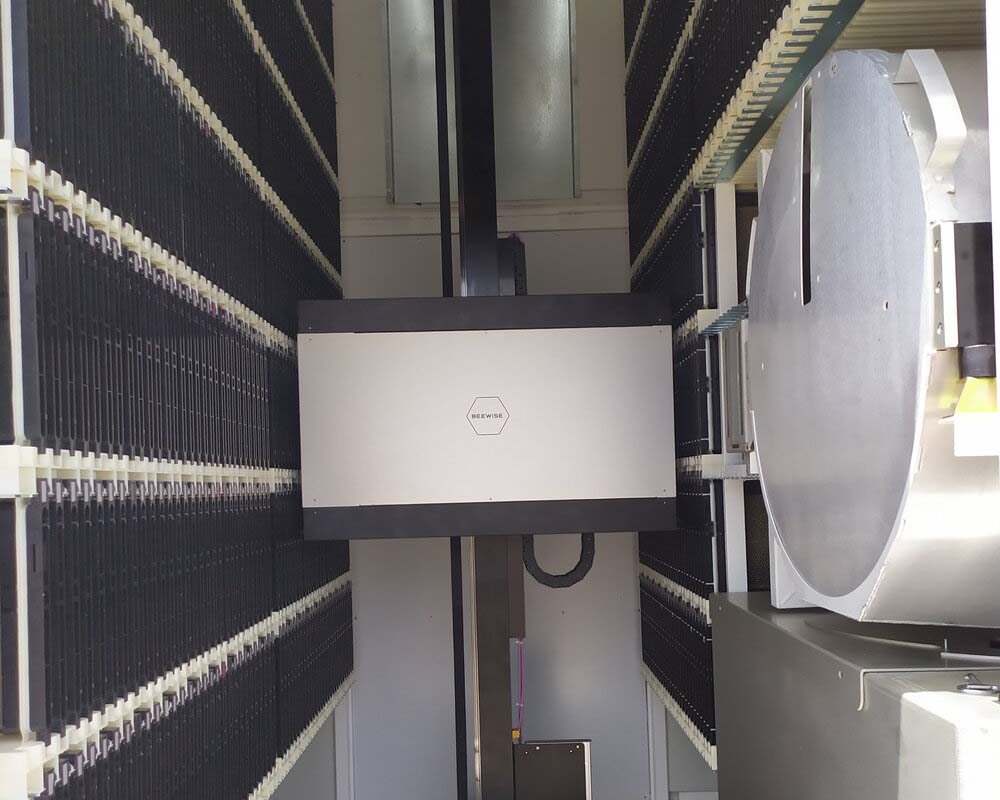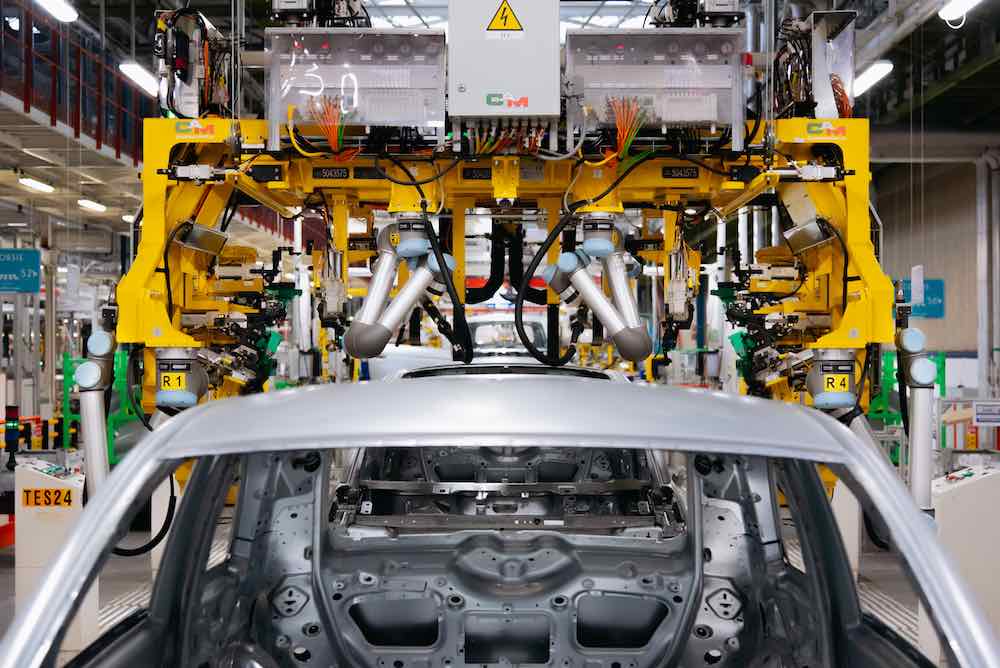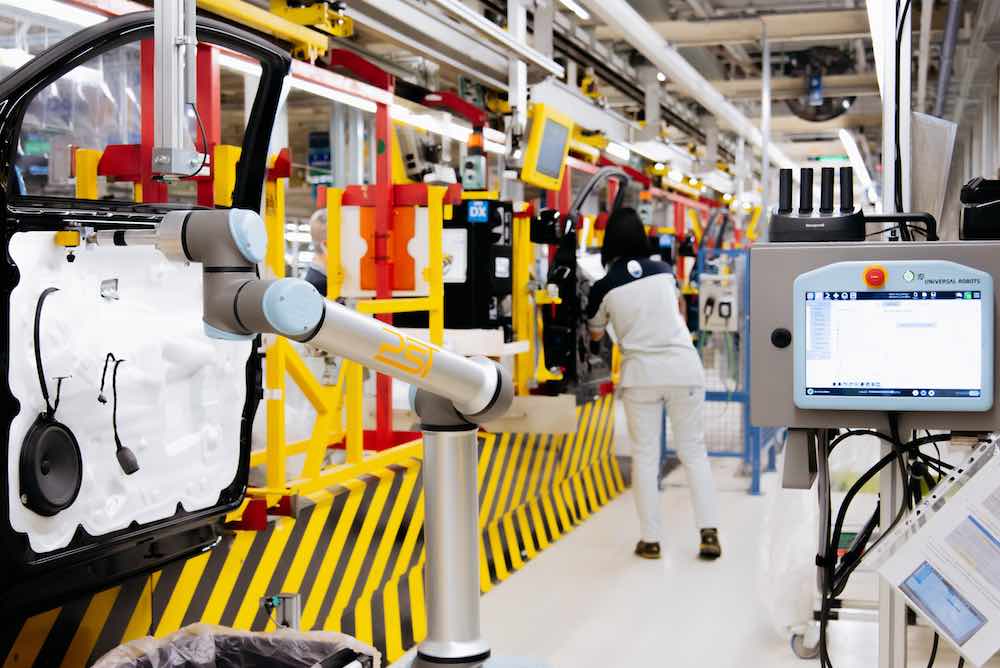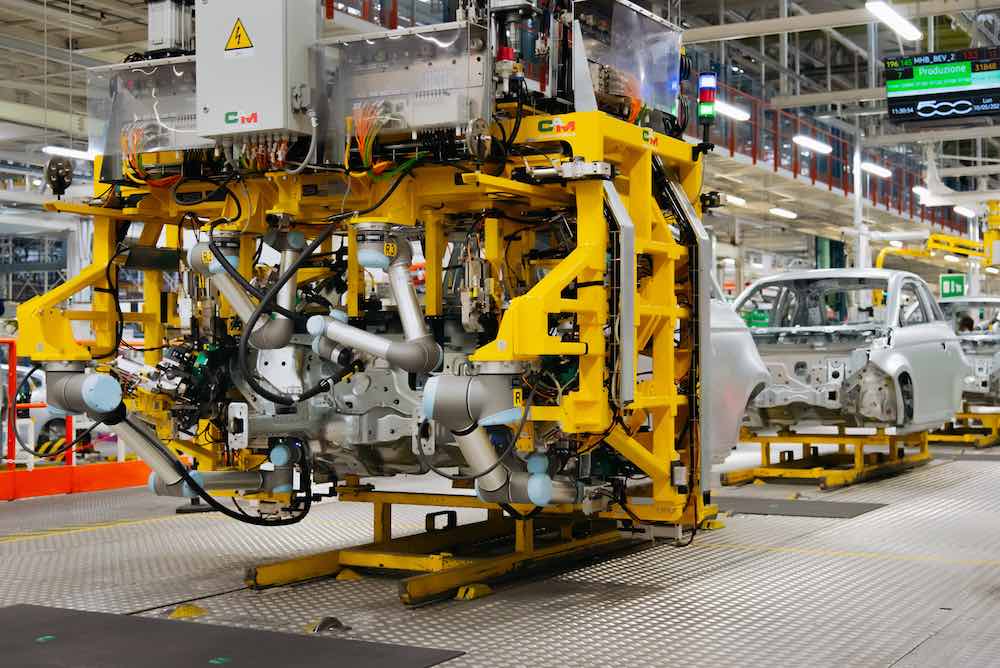Big acquisitions, bipedal robots and an FTC investigation captured your attention in September.
Here are the 10 most popular robotics stories on The Robot Report in September. Subscribe to The Robot Report Newsletter to stay updated on the robotics stories you need to know about.
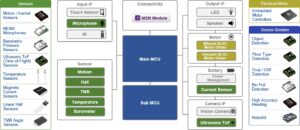
10. Sensor breakdown: how robot vacuums navigate
Over the past few years, robot vacuums have advanced immensely. Initial models tended to randomly bump their way around the room, often missing key areas on the floor during their runtime. Since those early days, these cons have turned into pros with the innovative use of sensors and motor controllers in combination with dedicated open-source software and drivers. Here is a look at some of the different sensors used in today’s robot vacuums for improved navigation and cleaning. Read More
 9. How AI chipset bans could impact Chinese robotics companies
9. How AI chipset bans could impact Chinese robotics companies
NVIDIA and AMD said that the United States government has ordered them to halt exports of certain AI chipsets to China, which is the world’s second-largest economy. Both companies now require licenses for the sale of AI chipsets to China. Read More
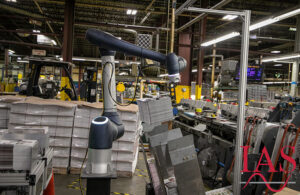
8. Doosan Robotics signs cobot distributor in Northeast
Doosan Robotics formed a strategic partnership with Industrial Automation Supply (IAS) in Portland, Maine. IAS will serve as a partner and reseller of Doosan’s M, H and A-SERIES collaborative robotic arms across the Northeast. Doosan’s four M-SERIES cobot models are all equipped with six torque sensors – one in each joint. The models have a working radius of 900 to 1,700 millimeters and a payload capacity of 6 to 15 kilograms. Read More

7. Will Tesla’s Optimus robot be transformative?
Let’s be frank, Optimus feels a bit dystopian, as if we’re all going to be eminently replaced by a sleek, slender, cold electronic robot. It feels like Optimus inhabits a world of beautiful black and white design, while the rest of us get to drive around in stainless-steel Cybertrucks overseeing our hole-drilling operations on Mars. Read More
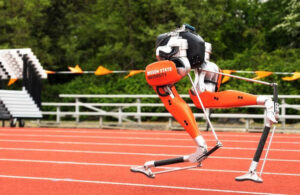 6. Watch a Cassie bipedal robot run 100 meters
6. Watch a Cassie bipedal robot run 100 meters
Cassie, a bipedal robot developed at the Oregon State University (OSU) College of Engineering and produced by OSU-spinout company Agility Robotics, recently ran 100 meters with no falls in 24.73 seconds at OSU’s Whyte Track and Field Center. The robot established a Guinness World Record for the fastest 100 meters by a bipedal robot. Read More
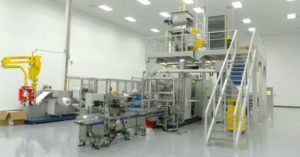 5. Amazon acquiring warehouse robotics maker Cloostermans
5. Amazon acquiring warehouse robotics maker Cloostermans
Amazon is continuing its acquisitions streak. Amazon has agreed to acquire Cloostermans, a Belgium-based company that specializes in mechatronics. Cloostermans has been selling products to Amazon since at least 2019, including technology Amazon uses in its operation to move and stack heavy pallets and totes and robots to package products for customer orders. Read More
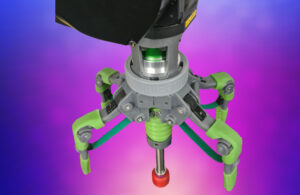
4. The Gripper Company launches MAXXgrip
The Gripper Company officially launched MAXXgrip, its first gripper solution designed specifically for warehouse and logistics applications. The new MAXXgrip gripper uses a vacuum and four soft fingers that move to solve the problems robot grippers have with handling pieces in warehouse picking and sorting jobs where there are a lot of different kinds of items to handle. An articulating vacuum gripper is used for initial item acquisition, then the fingers are deployed to stabilize the gripped item during the transfer by the robot. Read More
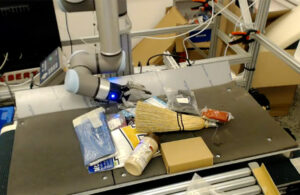
3. Amazon testing pinch-grasping robots for e-commerce fulfillment
Robots picking items in Amazon’s warehouses need to be able to handle millions of different items of various shapes, sizes and weights. Right now, the company primarily uses suction grippers, which use air and a tight seal to lift items, but Amazon’s robotics team is developing a more flexible gripper to reliably pick up items suction grippers struggle to pick. Read More
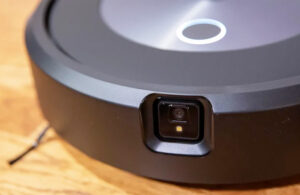 2. FTC investigating Amazon’s acquisition of iRobot
2. FTC investigating Amazon’s acquisition of iRobot
The Federal Trade Commission (FTC) has officially started an antitrust investigation into Amazon’s plans to acquire robot vacuum maker iRobot for $1.7 billion. Politico reports the FTC is investigating a number of potential issues. The FTC’s investigation will reportedly focus on whether the data provided by iRobot’s Roomba robot vacuum gives Amazon an unfair advantage in the retail industry. Read More
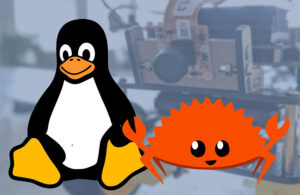 1. Linux embracing Rust will boost robotics community
1. Linux embracing Rust will boost robotics community
Linux’s Benevolent Dictator For Life Linus Torvalds recently mentioned that the Rust programming language would be used in the upcoming Linux 6.1 kernel. Currently, the Linux kernel is at preview version 6.0-rc6 (codenamed “Hurr durr I’ma ninja sloth”) so we have a bit of time before we all have Rust powering the kernel, but the mere announcement is news-worthy. It’s the author’s opinion that this embrace of Rust at the very core of Linux will be a huge boost to the robotics community. Read More
The post Top 10 robotics stories of September 2022 appeared first on The Robot Report.
